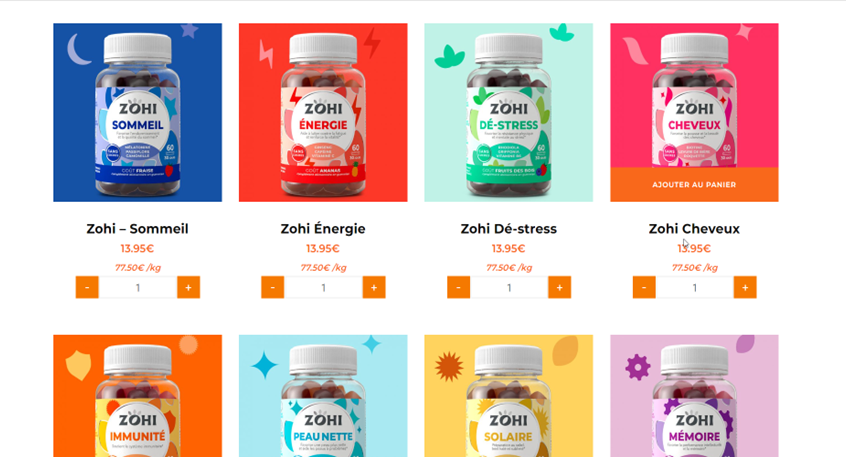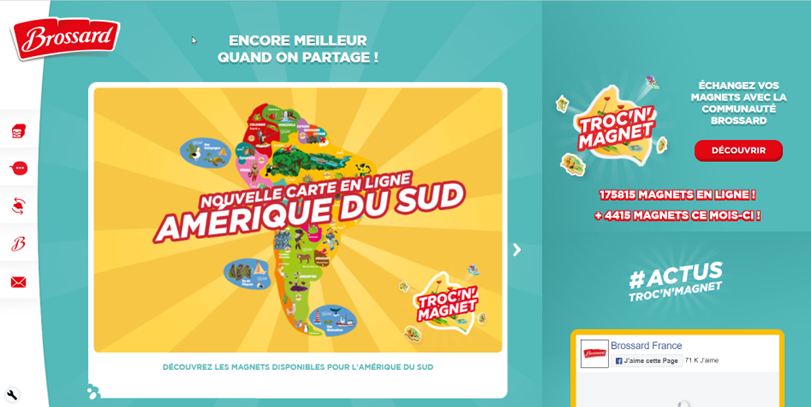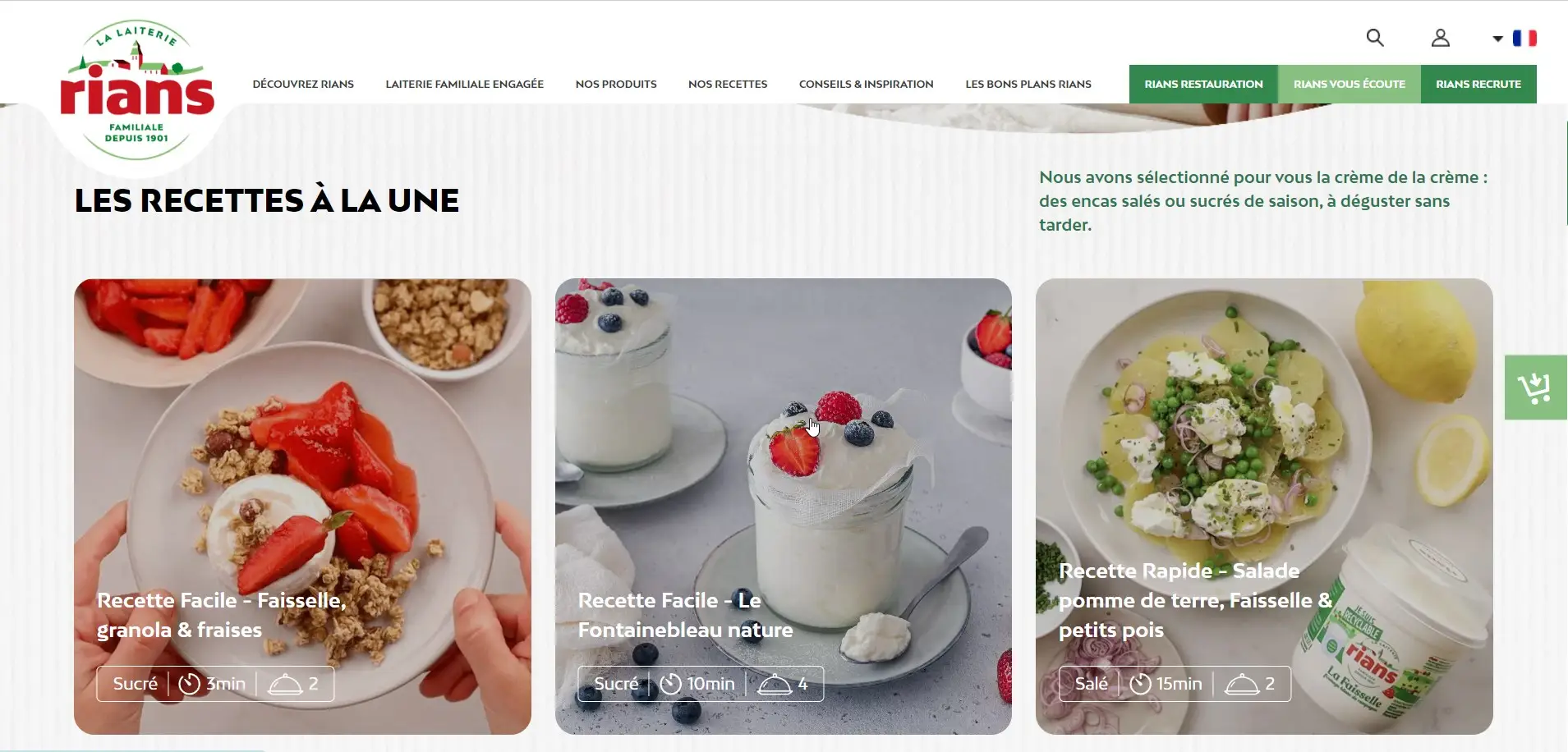Acquisition and retention are two sides of the same coin in marketing: that of growth. For young brands, or companies launching a new product or product category, acquisition wins; while for brands that have reached maturity or become a leader, loyalty will become vital, to continue to grow by increasing customer value, or justifying a more premium positioning.
However, there seems to be one type of goods for which loyalty is generally relegated to the background, even for leading brands in their sector: these are consumer goods. For FMCG brands, the marketing strategy is often focused on media, activation and trade marketing. FMCG brands that have defined a customer engagement and loyalty strategy are still few in number.
Why this impasse on loyalty? What can a CRM strategy bring to FMCG brands, and how? What are the particularities of consumer loyalty and what are the success stories?
1. Loyalty is more complex for distributed brands
Loyalty generally implies being able to rely on CRM data. This CRM data generally comes from sales (therefore from direct sales, on or off line) or from services around the product (and first and foremost, after-sales service). But in the case of distributed consumer brands, neither of these two levers is really possible. On the one hand, the consumer product is often marketed by distribution networks. On the other hand, these products are often the subject of routine, frequent purchases, with a moderate average basket, and therefore do not justify any or very little service or after-sales service.
Without customer data, it is impossible to communicate directly, and even less to personalize this communication.
But concretely, what is customer loyalty for a consumer brand?
It is the fact of buying this brand more often than another: it is a question of repeated purchases (repeat purchase) of the products of this brand. The purchase of the product being frequent, current, the consumer is regularly faced with the choice of a brand: he will then potentially be tempted to try a competing product, to discover or compare. Customer loyalty is therefore constantly called into question and in mass consumption, retaining a customer means constantly winning them back.
Thus, the loyalty levers that work in other sectors, such as the provision of services or the creation of statutory benefits, do not easily apply to mass consumption.
2. Build loyalty by working on the brand: the top of the marketing funnel is also a loyalty issue
However, loyalty remains a key issue for consumer brands, especially those that have reached a certain maturity or a leading position in their market. But in a context where it is difficult to speak directly to consumers, how to retain them?
We naturally come back to the fundamental levers of marketing:
- price
- product qualities
- brand strength
Let us add a factor, which relates to both the product and the brand: the commitments of the brand and the adequacy between these commitments and the concerns of consumers regarding environmental and social responsibility.
Thus, paradoxically, it is also by working on the top of the funnel (notoriety, image, consideration) that the brand continues to retain its consumers: the vitality of the brand and its ability to renew itself, to respond to constantly changing challenges , are loyalty issues.
The Perle de Lait brand offers a good case study to understand how a brand builds loyalty among its core target and strengthens its positions by working at the top of the funnel. The Perle de Lait Trophy, designed and organized for the 6th consecutive year by the Dékuple agency, aims to promote female entrepreneurship by rewarding projects by female entrepreneurs, selected for their originality and commitment. Thanks to this project, the brand is strengthening its committed brand image, and the consideration of its core target: women aged 35-50.










